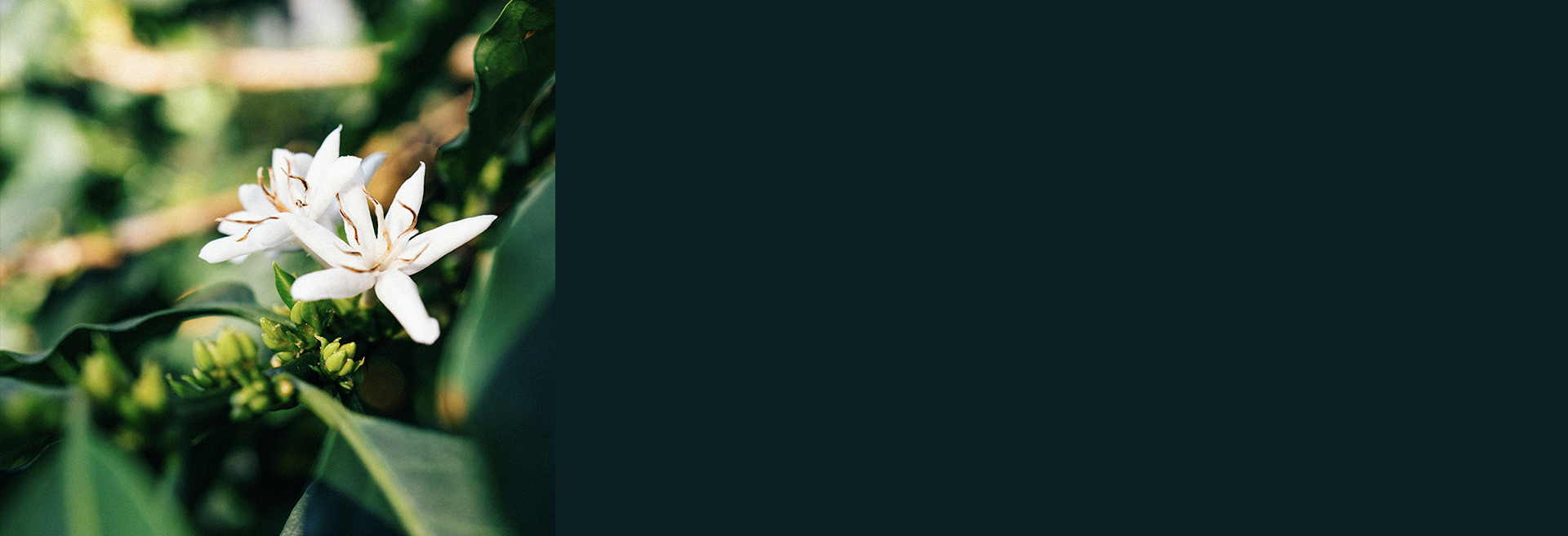Guatemala
Los Coles - Guatemala
250g
Cup Notes
Verbena / Pomegranate / Plum / Blackberry / Caramel suggested for espresso and filter
Micro Lot
Quality Score: 89.00
when we roast
We freshly roast to order all coffees on Monday, Wednesday and Friday (excluding national holidays), and ship the same day! Cut-off time is 11:59pm (UTC+1) of the day before the roast day. *We only ship whole beans*
Details
- Producer
- F. Camposeco
- Country
- Guatemala
- Terroir
- Huehuetenango
- Altitude
- 1650 masl
- Process
- Classic Washed - Raised Beds
- Arabica cultivar
- Caturra
- Picked in
- March 2017
- Arrived in
- July 2017
- Roast profile by
- Rubens Gardelli
- Roasted on
- Self-made drum roaster
THE STORY BEHIND
The Guatemalan Republic located in the Central American region is one of the countries with a long tradition in producing high quality coffee. Its microclimates, lush nature and topography allow it to produce exquisite coffees that are among the best in the world.
Of the three non-volcanic regions, Huehuetenango is the highest and driest under cultivation. This area is one of the best regions in Guatemala for coffee production. Huehuetenango, is at the foot of the Cuchumatanes, the highest non-volcanic mountain range in Central America. There are currents of hot air that sweep up from Mexico’s Tehuantepec plain that cross paths with cool air descending from the Cuchumatanes Mountains. This region is thus protected from frost, allowing the coffee to be cultivated up to 2,000 meters. Huehuetenango’s extreme remoteness requires that nearly all producers process their own coffee.
Los Coles farm is owned by Felipe Camposeco in the San Antonio Huista, Huehuetenango region at 1,650 meters. This fully washed coffee is a perfect example of why we love coffees from Guatemala. The cup is ich all-round juice-like, with Verbena-like florality and fruity notes of ripe pomegranate and plum.
THE VARIETY
Caturra coffee varietal was developed by the Alcides Carvalho Coffee Center of the IAC, Instituto Agronomico of the Sao Paulo State in Brazil.
In 1937, IAC received seed samples of genetic materials originated on the border of the states of Minas Gerais and Espírito Santo. It was from Red Caturra and yellow Caturra cultivars. These two cultivars originated by natural mutation of Bourbon Red, originally a tall coffee shrub, found in the Serra do Caparaó , which is now a mountainous National Park north east of the city of Rio de Janeiro.
These are the main agronomic characteristics of the Red and Yellow Caturra varietals:
1. It is the of small size, of reduced length of internodes, leaves and side branches, providing compact appearance to the coffee shrub.
2. This is the first naturally occurred coffee mutation found, with small size and high yield capacity
3. They have excellent quality in the cup because they have virtually 100% of the Bourbon coffee in their genetic makeup.
4. the conditions in which they were planted in Brazil to cultivate Caturra showed low hardiness and consequent lack of vigor after a few harvests, which led to the premature depletion in yield.
THE FERMENTATION PROCESS
Mechanically de-pulpped, wet fermentation for 32 hours, then fully washed and soaked in fresh water for 24 hours. Dried on patio in the sun for 12 days.
Washed coffees focus solely on the bean. They let you taste you what’s on the inside, not the outside. Washed coffees depend almost 100% on the bean having absorbed enough natural sugars and nutrients during its growing cycle. This means the varietal, soil, weather, ripeness, fermentation, washing, and drying are absolutely key.
During wet processing, the pulp (i.e.the exocarp and a part of the mesocarp) is removed mechanically. The remaining mesocarp, called mucilage, sticks to the parchment and is also removed before drying. During this process, the sugars present in the mucilage are removed through natural fermentation or mechanical scrubbing. Mucilage is insoluble in water and clings to parchment too strongly to be removed by simple washing. Mucilage can be removed by fermentation followed by washing or by strong friction in machines called mucilage removers. Fermentation can be done by stacking the coffee outside or placing them under water and allowing nature to take its course. After the sugars are removed, the beans then can be taken through a secondary washing to remove any additional debris, or taken immediately to the beds for drying.



